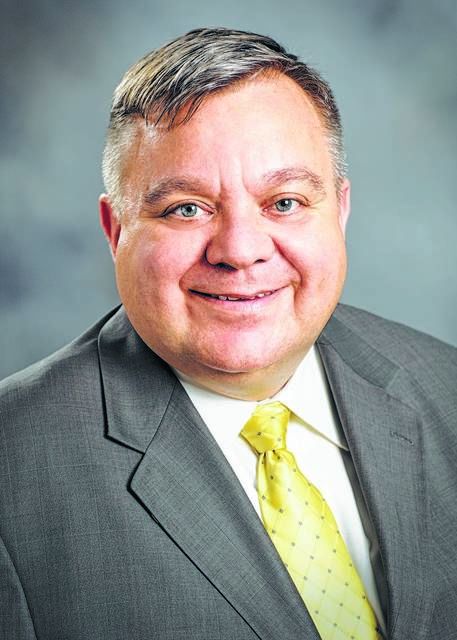Click here to subscribe today or Login.
How do you measure the value of a college degree?
An open-ended question like that can have many correct answers. For most, an appropriate response would be a rewarding career in their chosen field of study. Higher education, though, also plays a vital role in producing solid citizens and productive members of society – outcomes that are more subjective and less tangible.
Overall, though, higher education is a “public good,’’ meaning everyone from all walks of life benefit from its existence beyond the simple logic of being better people as a result of going to college. Examples of public goods include the military, public parks, fire department, sanitary systems, and spraying for mosquitoes – society benefits from it whether we pay for it directly or not.
Higher education also has an imperfect availability as a public good. Students pay for the right to attend a college and earn a degree. Local residents may enjoy sporting events, but they often have to purchase a ticket to attend. Most collegiate libraries lend books, usually without charge. At Misericordia University, where I serve as president, we host numerous community groups and nonprofit functions as a way to extend our public good.
There is also a “private good” aspect to higher education. Graduates gain value in their ability to earn a higher wage as the result of completing a degree. Some degrees, clearly, pay quite well. Others, such as teaching and social work, even though they are very valuable to society, pay relatively less. The federal government has been working for years to ensure college graduates receive a proper return on their investment of money and time spent earning their college degrees or employment credentials.
When I went to college, it was generally assumed the public (federal government and states) would pay part of the tuition and the private (students and their families) would pay the balance. The public and private good aspects of the college degree were accepted. The public perception was that education – especially higher education – had good and lasting value.
Gainful employment, as defined in its original form by the federal government, was a way to note that colleges prepared their graduates for “gainful employment in a recognized occupation.” My polymer engineering degree prepared me for a career in the plastics industry. My wife’s nursing degree opened the door for her to work as a registered nurse.
In recent years, many occupations have been using higher education to prepare students for employment without a full four-year curriculum. Over the past decade, the U.S. Department of Education proposed a “gainful employment rule” based on the ability of a certificate program or vocational certificate graduate to repay a loan based on a formula. At Misericordia University, the criteria would include academic programs in the College of Health Sciences and Education, such as diagnostic medical sonography, addiction counseling, autism spectrum disorders, patient navigation, and picture archiving and communication system administration certificates.
A U.S. Department of Education study in 2017 revealed that about one in every 10 programs would have failed the test, with 98 percent of the failing programs at for-profit institutions. With the proposed repeal of the current gainful employment rule, some programs will once again be able to apply for public support, typically in the form of a Pell Grant. Holding the present gainful employment rule in place, though, presents continued challenges for compliance both in the for-profit education sector, where many of the difficulties began, and in the nonprofit sector, which provides the majority of programs and degrees.
We appear to be faced with a substantial dilemma. There are a number of websites, including the College Scorecard (collegescorecard.ed.gov), which provides some of the information on the career opportunities and earnings for students. It is very easy to get overall data on how a college stacks up on cost, graduation rates and salaries of recent graduates. However, we do not have a practical and even-handed way to assure all students of the value of their degree, credential or certificate.
Is the gainful employment rule good for students and higher education? Probably. My hope is that the U.S. Department of Education and informed stakeholders will revisit the aim and ideals of gainful employment. At the same time, their work must lead to a clear, understandable, and accurate approach to inform current and future students that higher education does hold value, appropriately offering both public and private goods.





